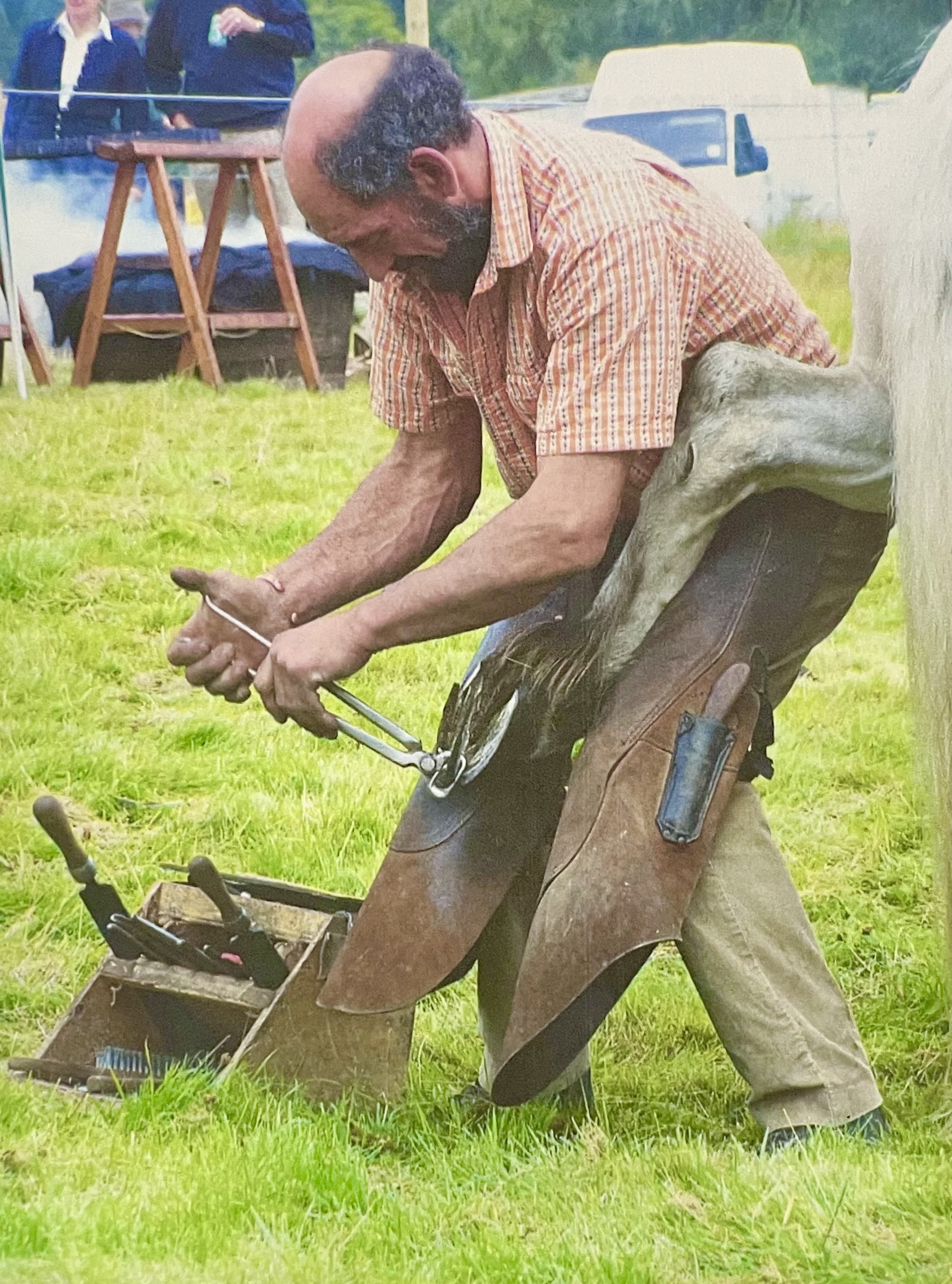Booking options
£24

£24
On-Demand training session
8 hours
All levels
This book is dedicated to Robin Pape DipWCF.
For always supporting me and teaching me to ask ‘why?'
‘Think of ease and work on.’

Sarah Logie FWCF

Sarah served her apprenticeship in the Scottish Highlands with Robin Pipe and made history in 2006 by being the first ever woman to qualify with a Diploma of the Worshipful Company of Farriers with honours (Dip WCFHons)
During the following summer she worked in the USA on the Brishish Farriers and Blacksmiths Association (BFBA) exchange programme as a chosen representative of the UK farriery industry. Upon returning home to Scotland, she spent time working with numerous highly qualified, specialist farriers in Britain and then went on to work in New Zealand over the winter.
In 2007 she set up S. Logie Farriery whilst continueing to work alongside Robin as part of Farley Forge and helped train the apprentices.
She continued to travel and take mentorship from other highly qualified farriers to gain experiance in areas of farriery applications less commonly occuring in the Highlands.
Furthering her studies, she went on to sit the Associate exam in 2012, passing with distinction.
As a result of seeing an increase in environmental-related foot infections, particularly seedy toe, she embarked upon the Fellowship exam with an article published on the classification of types of seedy toe, then a thesis looking at the treatment of structural seedy toe by medication and filling.
She succesfully passed the exam in May 2017 and became one of only 2 women to hold the qualification. there are fewer than 50 Fellows worldwide and it is the highest recognised qualification within the profession.
She has presented her thesis and her methods at some of the largest farrier events in Britain and has been warmely reciueved. She has also written various articles that have been published in Equine Health and Forge magazine.
Sarah was invited to join the Farriery Tuition group in 2019 by the founder, Jay Tovey Fwcf, and is using her qualification to help educate other farriers and support them as they work towards their higher exams.
In her work with local farriers and physiotherapists, there is an increasing uptake in her performance reviews, which examine horses that are beginning to show signs of poor performance prior to lameness - prevention is better than cure.
With a firm belief that ‘good basics’ should be the grounding for all shoeing jobs, she can then apply her further experiance and knowledge to help those horses where lameness has become an issue - whilst educating existing farriers on how to manage the conditions.

Yes, you're encouraged to register your relevant points on the FRC website https://www.farrier-reg.gov.uk